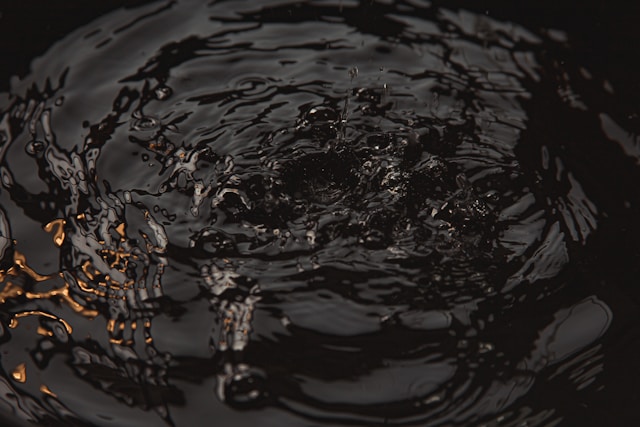Zimbabwe’s largest power station
A recent visit to the Hwange thermal power station showed the extensive work being done in the expansion drive, in which the new power units are anticipated to feed into the national grid by November this year.
As the government works to ensure a sufficient supply of power for the country, great strides have been made. In 2018, we saw the official groundbreaking of a significant project that would allow for the expansion of Hwange Units 7 and 8. The President, Emmerson Mnangagwa, officiated the occasion.

At the peak of the COVID-19 pandemic, work on the Hwange thermal power station was halted, but it has since been resumed at a full pace.
Hwange thermal power station benefits to the local people
Engineer Lucia Chibanda, who spoke on behalf of the project manager, stated that the thermal power project used locals for tasks ranging from the most basic to the most challenging as they worked with the contractor, Sino hydro.
She stated that the project employed 4,600 people, adding that they also worked with the local chiefs because the majority of the workers were from the area. Chibanda claims that unit 7 will be supplying 300 megawatts to the national grid by November, and that unit 8 will be finished within the next three months.
The project has turned into a multi-national assignment given the size of the scope of work being done, and locals are also participating in it while experts from outside the country are also being engaged.
According to commissioning manager Engineer Justice Makunike, the goal is to build a plant that will operate seamlessly. The generation of young engineers working at the site is both refreshing and exciting.
Given that the nation’s power supply is key to all sectors, if it is expanded, the impacts will cascade to industry. As a result of the Second Republic’s national projects, new job opportunities are being created; one particular project recently employed 3, 000 locals.
Hwange Power Station expansion project overview
Hwange power station is located at Hwange in the Matabeleland North Province of western Zimbabwe. With an installed capacity of 920 MW, the facility is the biggest power plant in the South African country.
Owned and operated by the national electricity company Zimbabwe Electricity Supply Authority (ZPC) has been operational since 1983. Hwange power station was built in two stages and consists of 4 units of 120 MW each and 2 units of 220 MW each. Construction of the first stage units began in 1973, which were commissioned from 1983 to 1986, and was followed by second stage units in 1987.
Due to deterioration, the plant was only capable of generating 327MW. This necessitated a rehabilitation and expansion project in a bid to increase the facility’s capacity. The project attained National Project Status in 2011. It is being implemented by ZPC through its special purpose vehicle Hwange Electricity Supply Company (HESCO). The authority is collaborating with the Engineering, Procurement Construction (EPC) contractor, Sinohydro Pvt Limited of China.
The at least US$ 1.5bn expansion project involves the installation of two additional coal-fired units (units 7 and 8) of 300MW capacity each. The main equipment for these units is provided by China’s state-owned electricity equipment manufacturer Dongfang Electric Corporation.
The project is being undertaken concurrently with the upgrading and rehabilitation of the Deka pumping station. The station will supply the water required at HPS for the installation and commissioning of the two new power generation units.
Scheduled for completion in 2022, the Hwange power station expansion project will increase the plant’s capacity to 1,520MW.









